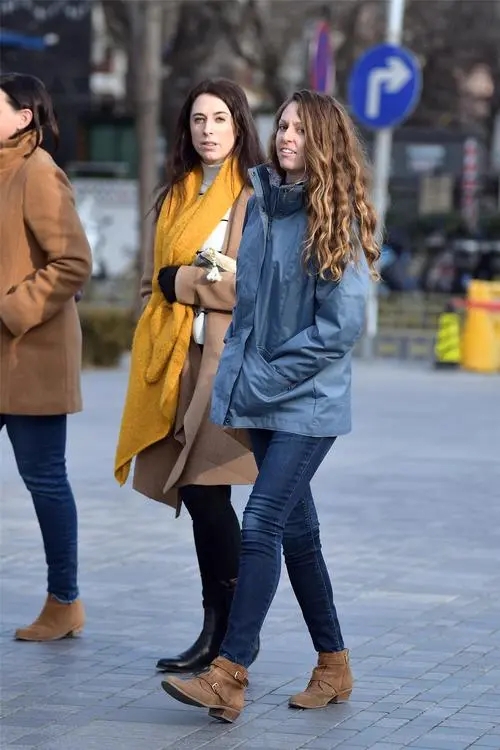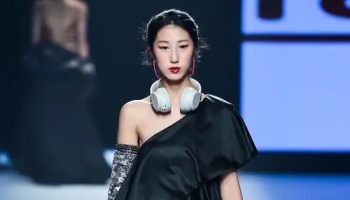Clothing, an essential aspect of human existence, transcends its basic function to become a manifestation of culture, personality, and creativity. In this exploration of attire, we embark on a captivating journey through the diverse world of fashion, where every garment tells a story and every choice reflects individuality.
At its core, clothing serves as a form of self-expression, allowing individuals to convey their unique identities, tastes, and aspirations. From the classic elegance of tailored suits to the free-spirited charm of bohemian dresses, each piece of clothing communicates something about the wearer, serving as a canvas upon which personality is painted.
Beyond personal expression, clothing is deeply intertwined with cultural heritage and tradition. Traditional garments, such as the graceful kimono of Japan or the vibrant dashiki of West Africa, carry centuries of history and symbolism, reflecting the customs and values of diverse societies. Through intricate patterns, colors, and fabrics, these garments celebrate the richness of human diversity and serve as a bridge between past and present.
As fashion evolves, so too do the trends and innovations that shape our wardrobe choices. Designers push the boundaries of creativity, experimenting with fabrics, silhouettes, and techniques to create garments that captivate the imagination and redefine style. From the avant-garde designs of haute couture to the accessibility of streetwear, the world of clothing is a dynamic landscape where innovation and tradition coexist.

In recent years, there has been a growing emphasis on sustainability and ethical practices within the fashion industry. From eco-friendly materials to fair-trade production methods, consumers are increasingly mindful of the impact their clothing choices have on the environment and society. The rise of sustainable fashion movements and ethical brands reflects a shift towards conscious consumption, where quality and social responsibility take precedence over trends.
Moreover, clothing plays a significant role in shaping social interactions and perceptions. The attire we choose influences how we are perceived by others and can impact our confidence and self-esteem. Whether it’s the power suit that commands respect in the workplace or the casual ensemble that fosters a sense of relaxation, clothing has the power to shape our experiences and interactions.
In conclusion, clothing is more than just fabric; it is a reflection of our identities, cultures, and values. As we navigate the ever-changing landscape of fashion, let us celebrate the diversity and significance of clothing as a universal language of expression and a vehicle for creativity, culture, and individuality.





